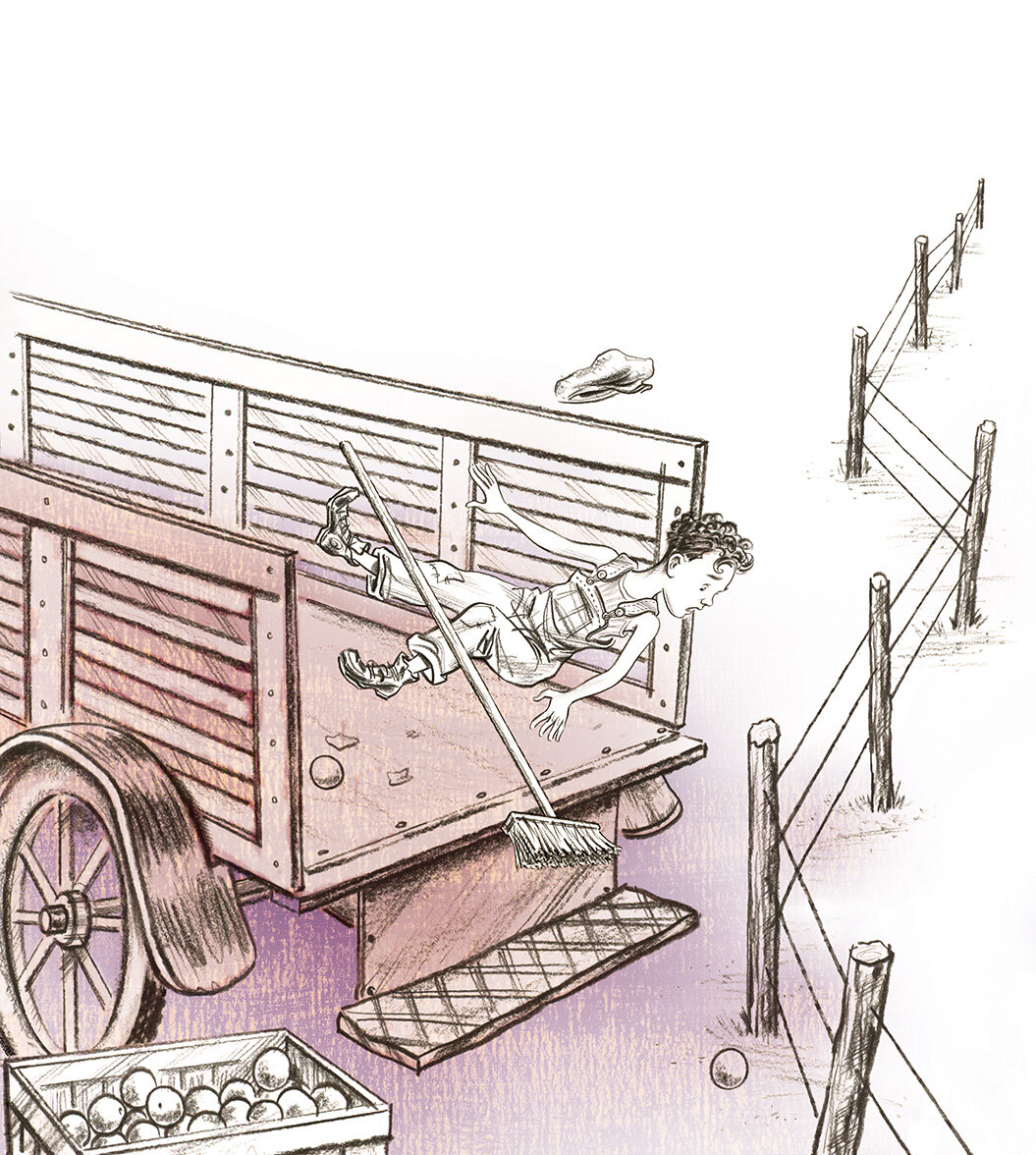My latest illustrated picture book, ON THE CORNER OF CHOCOLATE AVENUE is available starting today from publisher Clarion Books/Harper Collins. It's the inspiring life story of Milton Hershey -the chocolate king who brought milk chocolate to America. Wonderfully written by Tziporah Cohen & illustrated by Steven Salerno.
And here is the direct link to the podcast, The Happy Writer... hosted by NY Times bestselling author Marissa Meyer. In this latest episode Marissa chats with Tziporah Cohen and Steven Salerno about their new picture book - ON THE CORNER OF CHOCOLATE AVENUE: HOW MILTON HERSHEY BROUGHT MILK CHOCOLATE TO AMERICA - as well as the process and timeline of a picture book, from manuscript and revisions to artist selection, preliminary sketches, and beyond; the vast amounts of research that go into the creation of a nonfiction picture book, for both the prose and the illustrations; why its important for writers to leave room for the illustrator to bring their own ideas and interpretations to the story; how so often rejection is a result of poor timing, not necessary the quality of the work; having the confidence to identify as a writer; and a few different inspiring stories of perseverance - from chocolate makers to writers!
http://www.marissameyer.com/podcast
And here is the link to my illustration web site where you can view some of the illustrations from ON THE CORNER OF CHOCOLATE AVENUE
https://www.stevensalerno.com/on-the-corner-of-chocolate-ave



































































